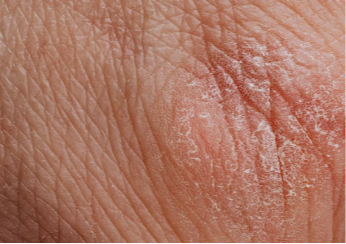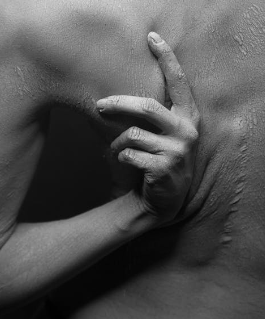Most Common Skin Infections and Their Treatments

As the largest organ of the human body, your skin is prone to infections as it’s the one organ that’s most exposed to the external environment. The infections may range from mild to severe, and the treatment of each depends on the symptoms it exhibits.
Skin infection symptoms typically include itching, irritation, pain, and tenderness. In severe cases, the symptoms may also include pus, breakouts, blisters, skin sloughing, and discoloration. If not dealt with on time, skin infections can spread to the bloodstream and may even become life-threatening.
Want to know more about common skin infections? Keep reading to find out.
Parasitic Infections
The skin can host small insects and organisms that may burrow deep into the skin and lay eggs underneath it. This can cause a parasitic skin infection that can be quite painful. It can even enter your bloodstream and affect your organs as well. These infections are usually caused by parasites such as lice, scabies, bedbugs, and cutaneous larva migrans. Typically, diethylcarbamazine (DEC) is given to deal with the parasites.
Bacterial Infections
Bacterial infections usually happen when bacteria find a way to enter the body through any kind of break in the skin, such as scratches or cuts. Your chances of getting a bacterial infection increase if you sustain a similar skin injury, especially if you have a weak immune system. The infection usually begins as small red bumps that slowly grow in size. Some common bacterial infections include impetigo, boils, cellulitis, and leprosy. Topical and oral antibacterial medication is usually prescribed for these conditions.

Viral Infections
Like bacterial infections, viral infections also happen when bacteria enter the body. The most common virus groups that cause viral infections on the skin are herpes virus, poxvirus, and human papillomavirus. The most common viral infections of the skin are chicken pox, shingles, measles, warts, and hand, foot, and mouth disease. Viral infections are usually treated using a combination of antihistamines and topical creams and ointments to deal with the itching. You may also need antiviral medication.
Fungal Infections
A person’s lifestyle and genetics often put them at risk of getting fungal infections. For example, people who sweat a lot are more likely to get athlete’s foot frequently. This is because fungi grow in murky and warm environments, and wearing sweaty/wet clothes is a major risk factor for such infections.
Common fungal infections include ringworm, athlete’s foot, oral thrush, diaper rash, etc. Treatment of fungal infections usually involves topical antifungal medication.
Looking for Treatment for Skin Infections Online? Choose the Virtual Doctors At TelMDCare
If you’ve noticed any symptoms of the above-mentioned common skin infections, you should immediately seek help from a virtual doctor for skin infections.
At TelMDCare, we have virtual doctors with expertise in effectively treating skin infections. Our team has some of the best virtual doctors available who’ll be more than happy to assist you on an urgent basis for only $39. Our online care for skin infections is also an excellent alternative for people who don’t have medical insurance.
Get in touch with us today to learn more, or sign up now to book an appointment with a virtual doctor for skin infections.